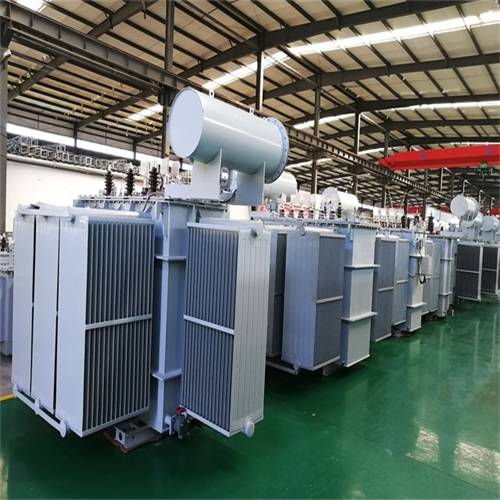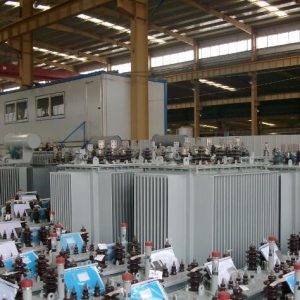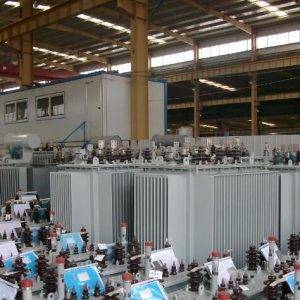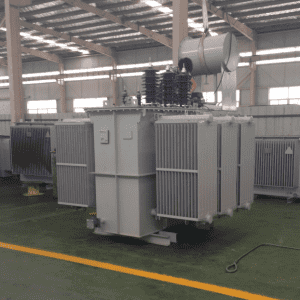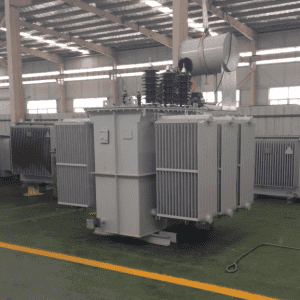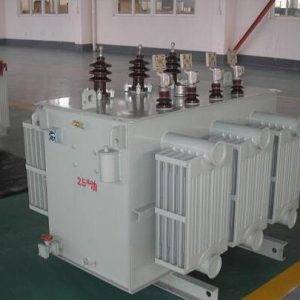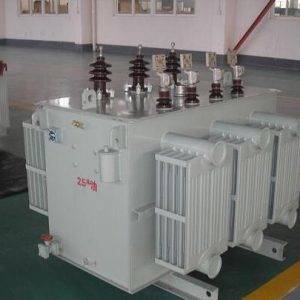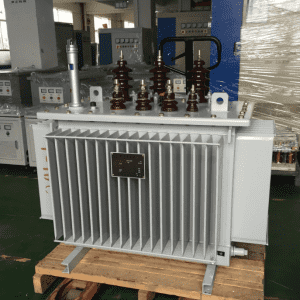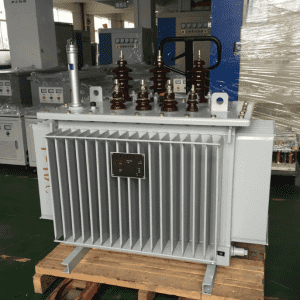Product description
The S20 oil-immersed transformer also meets the model specifications of the oil-immersed transformer with secondary energy efficiency, which is a product independently developed by our company according to energy efficiency standards, and is an environmentally friendly and energy-saving transformer encouraged and prioritized by the State Grid, and has advantages in R&D and production, production and processing, operation management and other aspects.
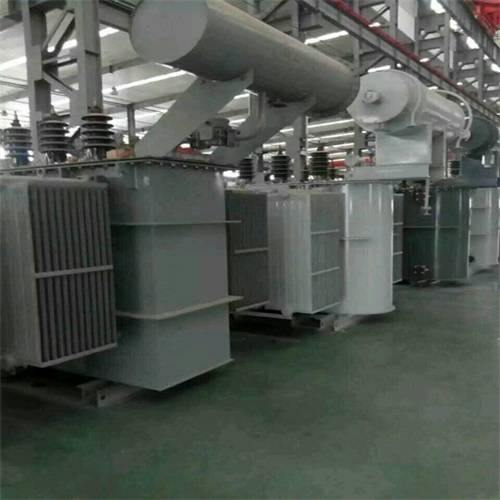
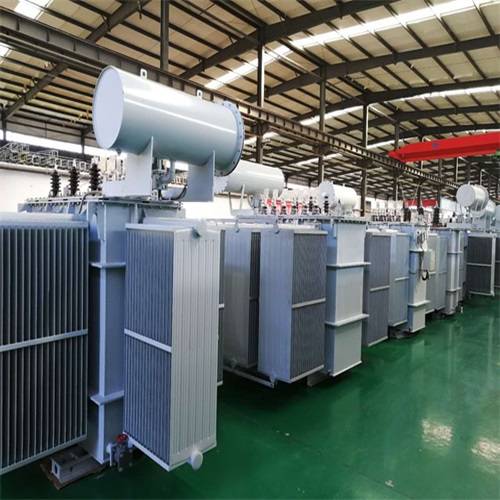
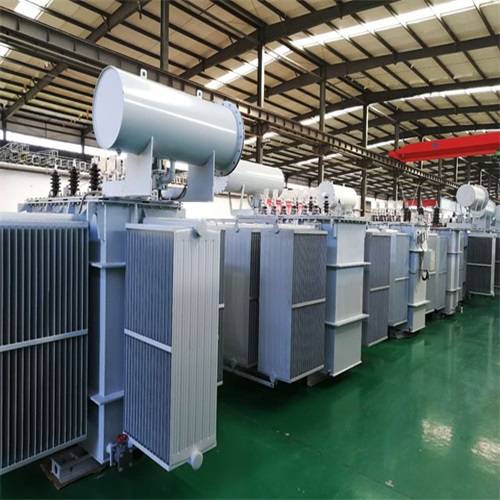
S20 oil-immersed transformer consumption main parameters
The main difference between the S20 oil-immersed transformer and the S13 transformer is that the energy-saving effect is different, and the S20 transformer also meets the power transformer model specifications of the new energy consumption level II standard in 2021. Like the S13 transformer, the S20 transformer is oil-immersed and can be used in harsh outdoor environments.
S20 oil-immersed transformer characteristics
1. S20 oil-immersed transformer oil has good insulation and thermal conductivity, and at the same time, the transformer oil is cheap, and the price of S20 transformer is lower than that of SCB14 type secondary energy efficiency dry-type transformer.
2. It can solve the problem of large space heat dissipation and high current insulation layer of transformer.
3. S20 oil-immersed transformer is sealed, which can effectively prevent air oxidation of the insulation layer and is not easy to age.
4. The core of S20 oil-immersed transformer is made of higher ferrite core, which improves the core cross-section, and the environmental protection type is higher, and S20-630kVA saves tens of thousands of kilowatt-hours of electricity per year compared with S13-630kVA.

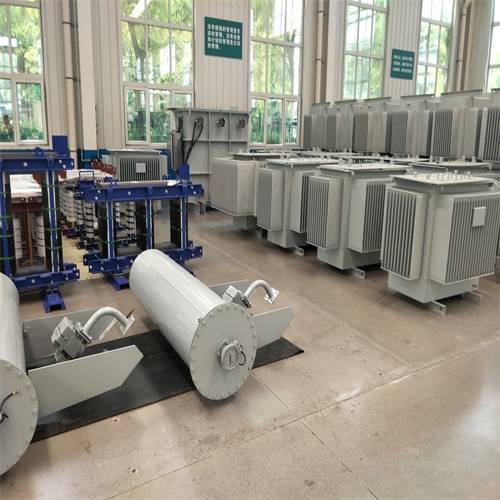

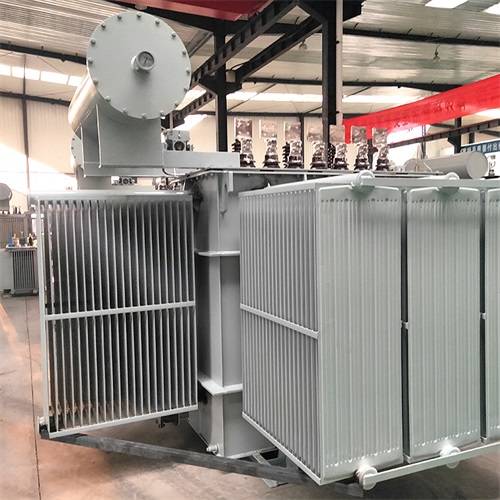
What are the advantages of S20 oil-immersed transformer?
(1) High voltage: The primary voltage of the experimental transformer is 220V or 380V, but the secondary voltage of each experimental transformer often reaches thousands of volts to hundreds of thousands of volts. The test transformer with a secondary voltage exceeding 750kV generally adopts several cascade structures.
(2) Small current: The rated voltage of the experimental transformer is actually the capacitance current of the sample, so it is generally less than 1A. However, the secondary current can reach several amperes for cable and various motor tests, external insulation and pollution experiments, distribution line corona discharge experiments and other experimental transformers.
(3) Short working time: Due to the short voltage resistance time of the new product under test, the experimental transformer is generally a short-time working system of 0.5h or 1h in addition to the external insulation pollution test, the corona discharge test of the distribution line, and the cable test.



